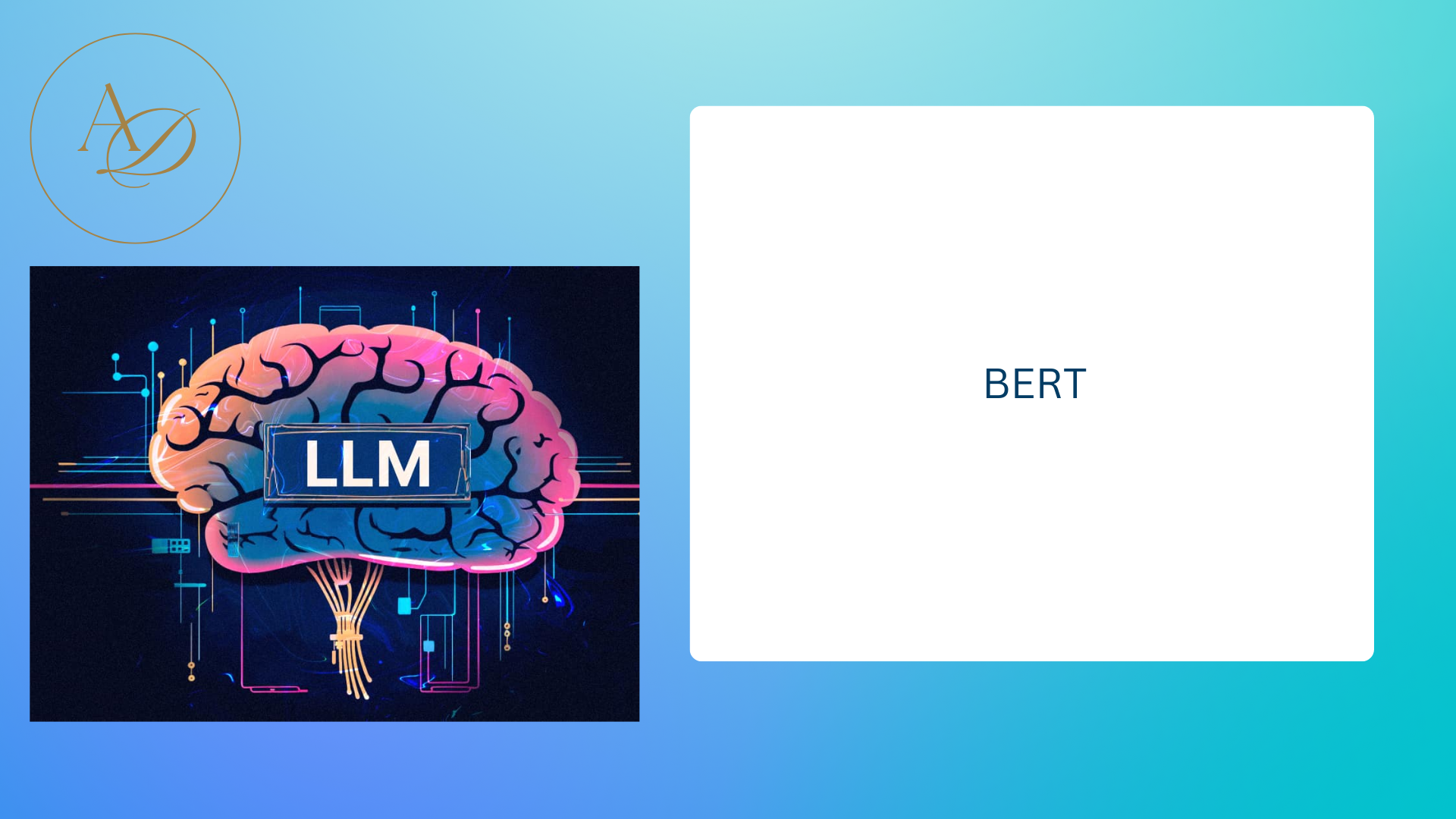In the world of computers and language, understanding human language has always been really hard. But now, things are changing thanks to a cool new technique called BERT. It’s like a super smart tool that helps computers understand language better. It’s making a big difference in how we use computers to understand what people are saying or writing.
Understanding BERT:
BERT, developed by researchers at Google in 2018, stands as a milestone in the evolution of NLP models. Unlike its predecessors, BERT employs a transformer architecture, which enables it to capture contextual information from both left and right contexts in a sentence bidirectionally. This bidirectional understanding is crucial in comprehending the meaning of a word or phrase in the context of the entire sentence.
# Install the transformers library if you haven't already
# pip install transformers
import torch
from transformers import BertTokenizer, BertForSequenceClassification
# Load pre-trained BERT model and tokenizer
tokenizer = BertTokenizer.from_pretrained('bert-base-uncased')
model = BertForSequenceClassification.from_pretrained('bert-base-uncased')
# Define a sample text for classification
text = "BERT is an amazing tool for natural language processing tasks."
# Tokenize the input text
inputs = tokenizer(text, return_tensors='pt')
# Perform classification
outputs = model(**inputs)
# Get the predicted class
predicted_class = torch.argmax(outputs.logits).item()
# Define a mapping of class labels
class_labels = ['Negative', 'Neutral', 'Positive'] # Assuming 3 classes for classification
# Print the predicted class label
print("Predicted class:", class_labels[predicted_class])In this example:
- We import the necessary libraries including
torchfor PyTorch, andBertTokenizerandBertForSequenceClassificationfrom thetransformerslibrary. - We load the pre-trained BERT tokenizer and model using
from_pretrained. - We define a sample text for classification.
- We tokenize the input text using the BERT tokenizer.
- We pass the tokenized input to the BERT model and obtain the outputs.
- We extract the predicted class label by taking the index of the maximum value in the logits vector.
- Finally, we print the predicted class label.
This is a simple example of using BERT for text classification. Depending on your specific task, you would need to adapt and fine-tune the model accordingly.
Key Features of BERT:
- Bidirectional Contextual Understanding: BERT revolutionizes NLP by capturing the contextual information of words bidirectionally, allowing it to grasp the meaning of a word based on its surrounding words.
- Pre-training and Fine-tuning: BERT is pre-trained on massive amounts of text data using unsupervised learning, followed by fine-tuning on specific tasks with labeled data. This approach makes BERT versatile and adaptable to various NLP tasks.
- Transformer Architecture: BERT utilizes the transformer architecture, which enables parallel processing of words in a sequence, leading to faster and more efficient training.
Applications of BERT:
- Sentiment Analysis: BERT has shown remarkable performance in sentiment analysis tasks by accurately discerning the sentiment expressed in a piece of text, whether it’s positive, negative, or neutral.
- Question Answering: BERT’s ability to understand context makes it adept at question-answering tasks, where it can provide precise answers to questions based on the given context.
- Named Entity Recognition (NER): BERT excels in identifying and classifying named entities such as names of people, organizations, locations, etc., from unstructured text data.
- Language Translation: BERT’s bidirectional understanding of language facilitates better translation models by capturing the context of words and phrases in different languages.
Challenges and Future Directions:
While BERT has significantly advanced the field of NLP, challenges such as model size, computational resources, and domain adaptation still persist. Researchers are actively exploring avenues to address these challenges and enhance the efficiency and applicability of BERT and similar models. Future directions include developing more efficient architectures, improving fine-tuning techniques, and exploring multilingual and multimodal applications.
BERT is like a superstar in the world of computers and language. It’s changing the game by helping computers understand human language better than ever before. It’s able to understand words in context from both directions, which makes it really good at figuring out what people mean when they talk or write. And because of this, it’s making NLP tools smarter and more helpful.

